CONTACT US: 0919 058 5858 | 02 899 51920
CONTACT US:
0919 058 5858 | 02 899 51920
For many residents of Metro Manila and nearby provinces, flooding during strong typhoons is a common occurrence. What’s alarming, however, is that even a few hours of torrential downpour from the habagat (southwest monsoon) can now submerge streets and communities. On August 30, 2025, for example, 134.2 millimeters (mm) of rainfall was recorded within a matter of three hours – nearly one week’s worth of rain – flooding Quezon City and other parts of the metropolis.
Beyond damaged homes, unpassable streets, stranded commuters, suspended classes, and the controversy surrounding flood control cases, flooding poses a significant public health risk. Without proper precautions, wading through floodwaters can turn from an inconvenience into a medical emergency. This health guide is here to help protect you and your loved ones from the risks of floodwaters.
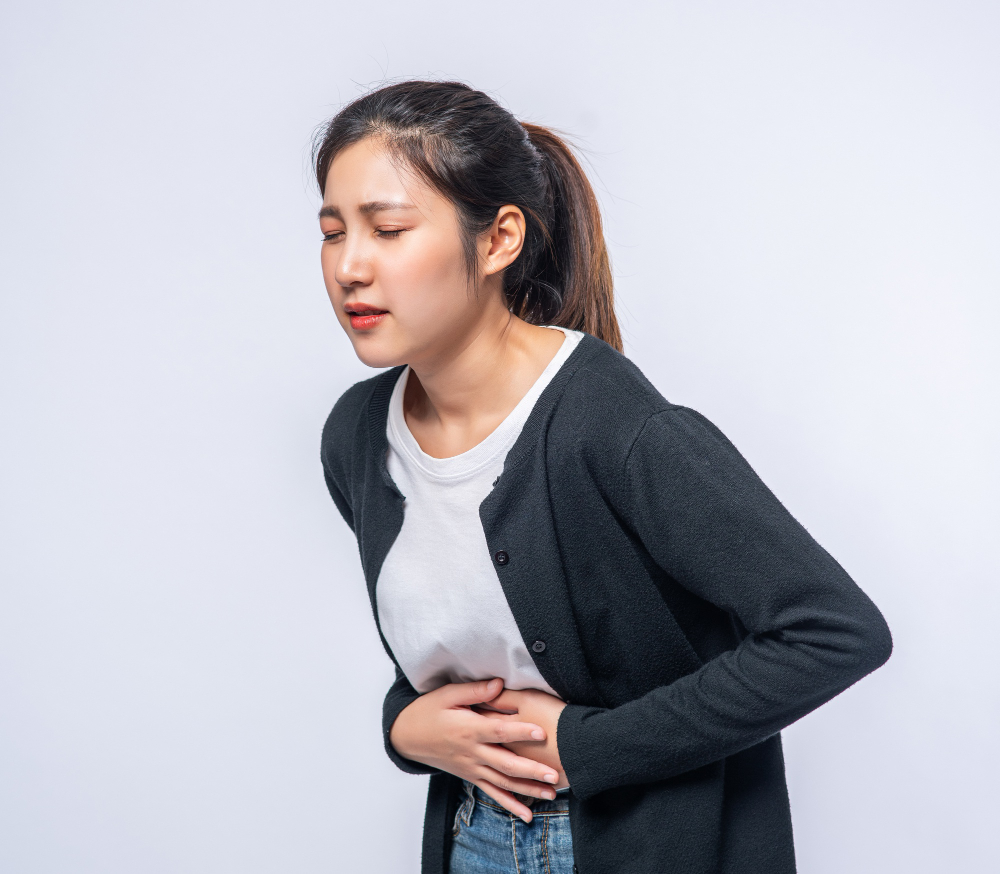
Floodwaters are a dangerous mix of rainwater, garbage, chemicals, animal waste, pollutants, and other debris. Beware of these murky waters because they can be a breeding ground for various pathogens. Here are some of the diseases and hazards you need to be aware of during and after a flood:
Heavy rains and flooding can affect a city’s sewage and drainage systems, causing raw sewage to overflow and mix with floodwaters. Eating or drinking anything contaminated by floodwater can lead to diarrheal diseases, such as infections with E. coli or Salmonella.
Safety Guidelines:
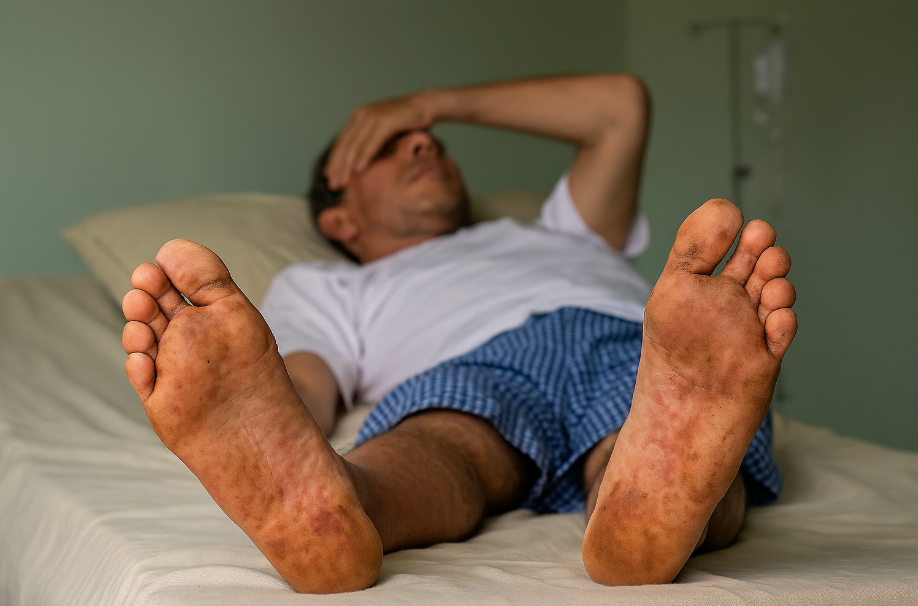
When floodwaters rise, so does the risk of leptospirosis, a disease caused by a bacteria found in the urine of infected animals, particularly rodents. People who wade through contaminated floodwaters are at risk of infection as the bacteria can enter your body through any open wounds, cuts, or even small breaks in the skin on your feet. According to the Centers for Disease Control and Prevention (CDC), leptospirosis can include a wide range of symptoms including fever, muscle aches, headache, chills, stomach pain, diarrhea, vomiting or nausea, red eyes, rash, and jaundice. Many symptoms of leptospirosis can be mistaken for other diseases, such as flu. If left untreated, it can lead to serious complications like kidney failure and even death.
Safety Guidelines:
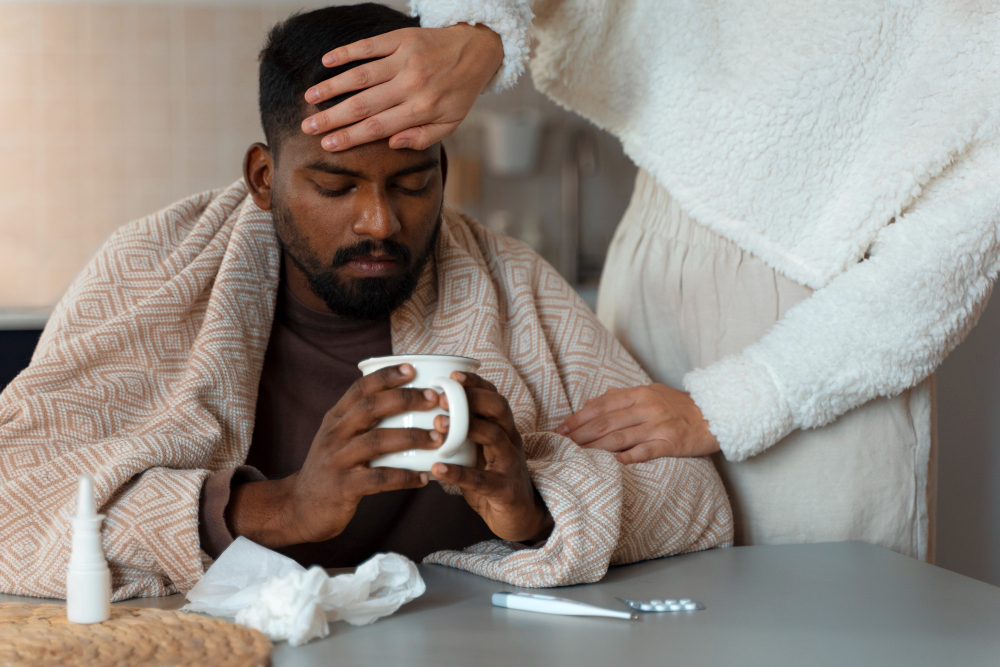
Cases of typhoid fever often spike during and after floods because they create ideal conditions for the spread of Salmonella bacteria. According to the Mayo Clinic, symptoms of typhoid fever can be quite similar to those of leptospirosis, which is why both diseases are often difficult to diagnose without specific laboratory tests. Lack or absence of proper treatment can lead to serious and sometimes life-threatening complications, especially for children.
Safety Guidelines:
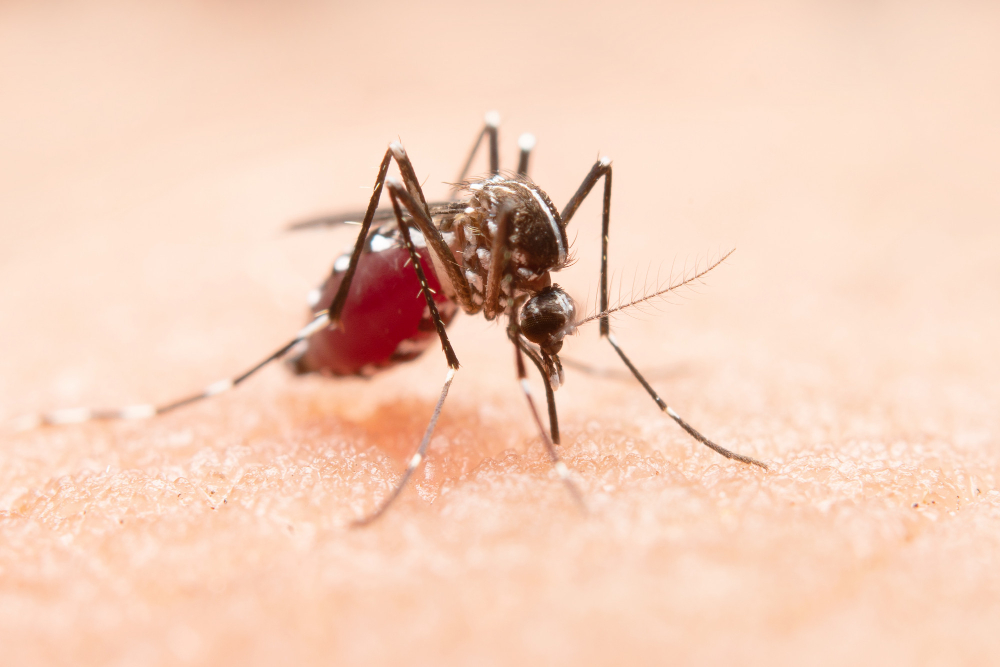
While dengue fever is not caused by flood waters, the stagnant pools left behind can become breeding grounds for mosquitoes, increasing the risk for this viral infection. According to the World Health Organization (WHO), symptoms may include high fever (40°C), severe headache, muscle and joint pains, nausea or vomiting, pain behind the eyes, swollen glands, and rash. Unlike a bacterial infection, which can be treated with antibiotics, there is no specific cure for dengue. Medical care for dengue focuses on managing the symptoms and providing supportive care.
Safety Guidelines:
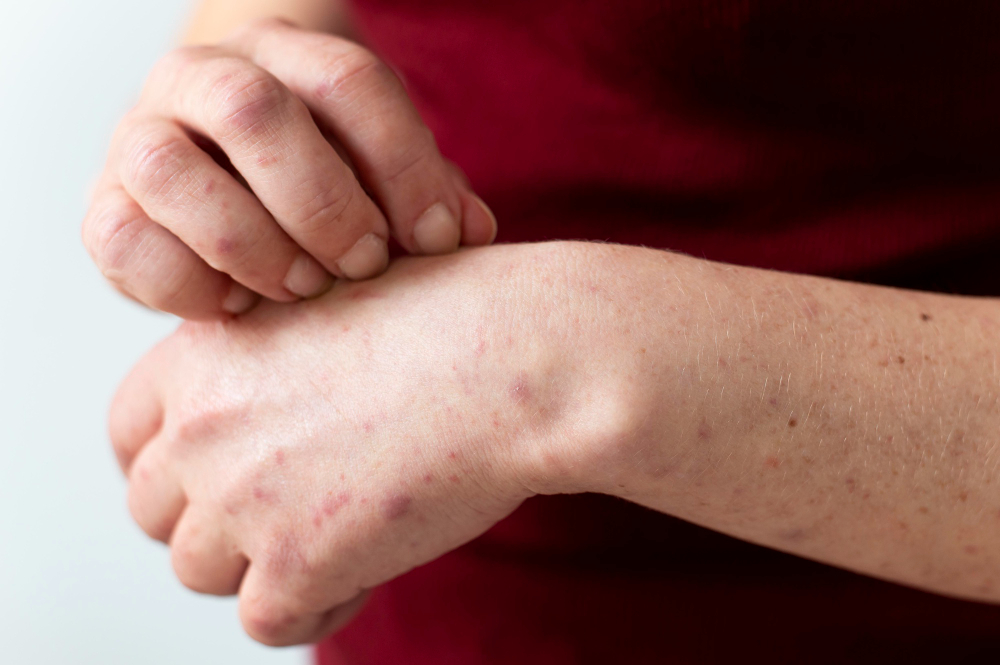
Prolonged exposure to floodwaters can cause the softening of the skin (maceration), making you susceptible to bacterial, fungal, and other infections. Irritants in the water can cause swelling, redness, rashes, and abscesses, especially if you have pre-existing cuts or wounds.
Safety Guidelines:
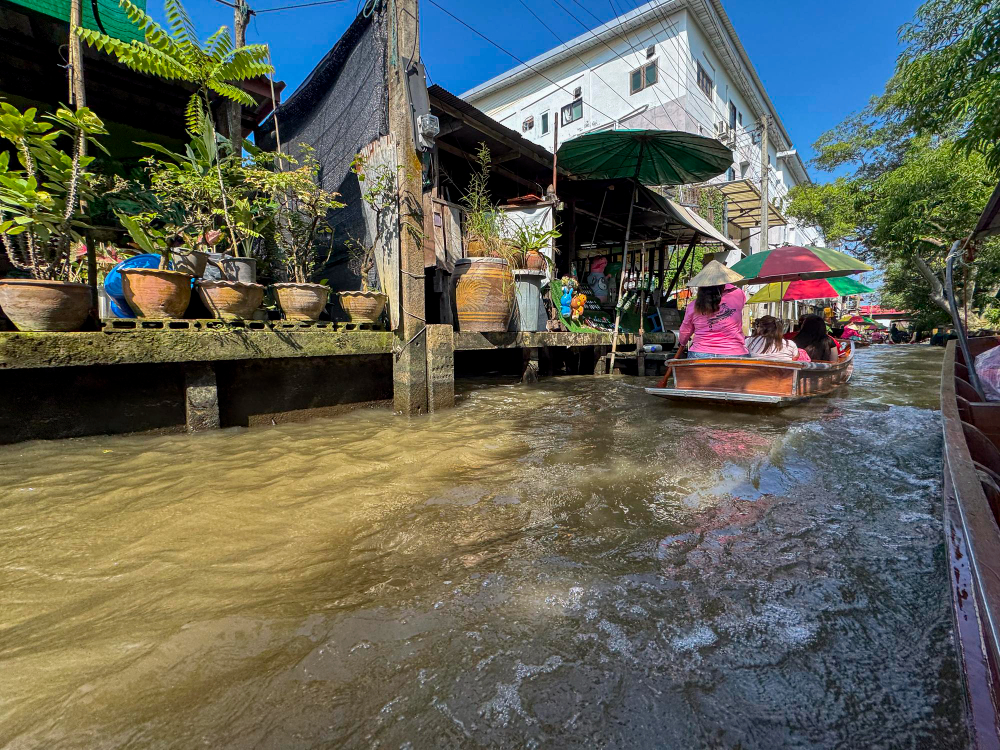
Lurking in the murky waters are hidden hazards that can cause anything from minor injuries to fatal accidents. Broken glass, metal, and other sharp debris can inflict wounds and deep cuts. Exposed manholes pose a serious risk of falls and injury, while downed power lines can turn floodwaters deadly through electrocution.
Safety Guidelines:
Floods bring more than rising waters; they also carry serious health risks that can endanger you and your family during and after the floodwaters have subsided. By staying informed about potential diseases and hazards, taking preventive measures, and seeking medical care when necessary, you can greatly reduce the chances of illness or injury. For greater peace of mind, getting a prepaid health emergency card Philippines gives you and your loved ones quick access to medical assistance when it matters most, helping you stay protected during life’s unexpected emergencies.

Easy access health plan options for the Filipino community.
We know finding the right healthcare plan can be a complex and confusing task.
Our health plan specialists are always here to help 24/7.
Got more questions?